Last Updated on January 14, 2024 by Marian Jones
Napoleon’s Paris is everywhere today, even today, 200 years after his death. Here’s our guide to 8 places you can visit to find out more about the Corsican teenager who arrived to study at the École Militaire – graduating 48th in a class of 56 – and ended up as Emperor of France.
Notre Dame Cathedral

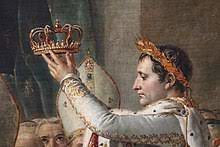
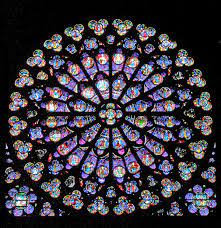
When Napoleon, already Consul for Life, decided to make himself Emperor of France, he chose Notre Dame for the ceremony in 1804 and invited the pope to do the honours. But, typically, Napoleon then decided he did not wish to defer to the pope and so he placed the crown on his own head. He had commissioned the artist Jacques-Louis David to do a commemorative painting (which hangs today in the Louvre), capturing the moment when Napoleon, resplendent in his coronation robes, places a crown on the head of a kneeling Josephine. Interestingly, Napoleon’s mother, who disliked her son’s ambition, refused to attend the ceremony, but Napoleon instructed the artist to include her in the painting anyway.
Place Vendôme
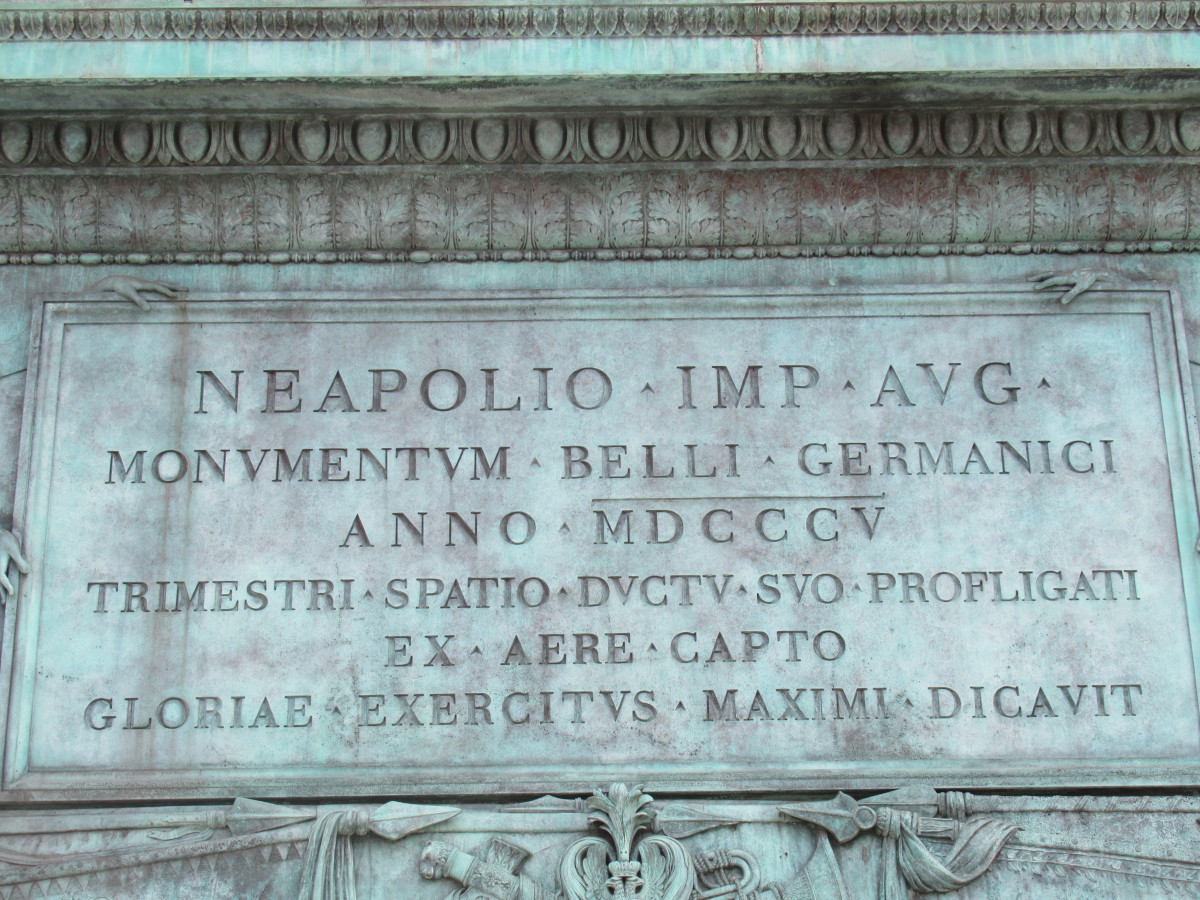
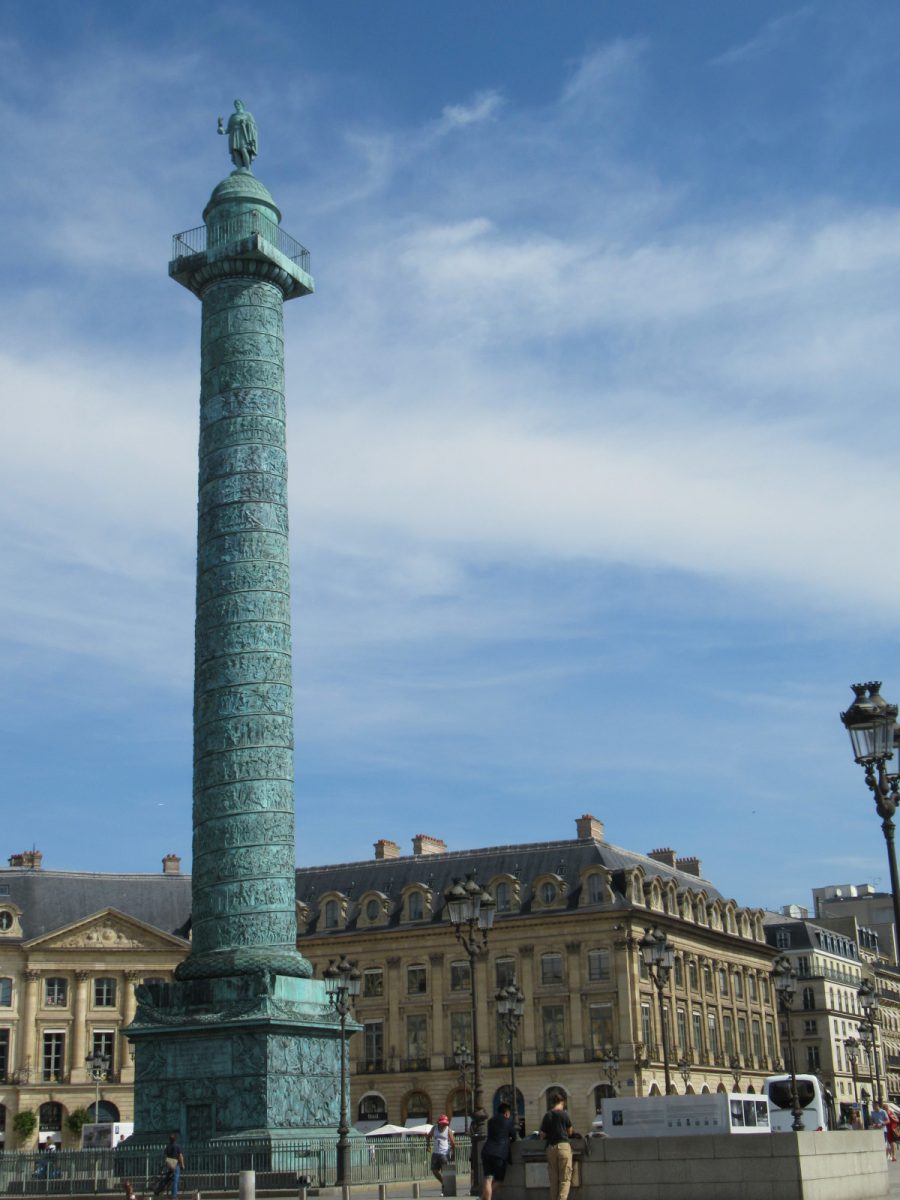
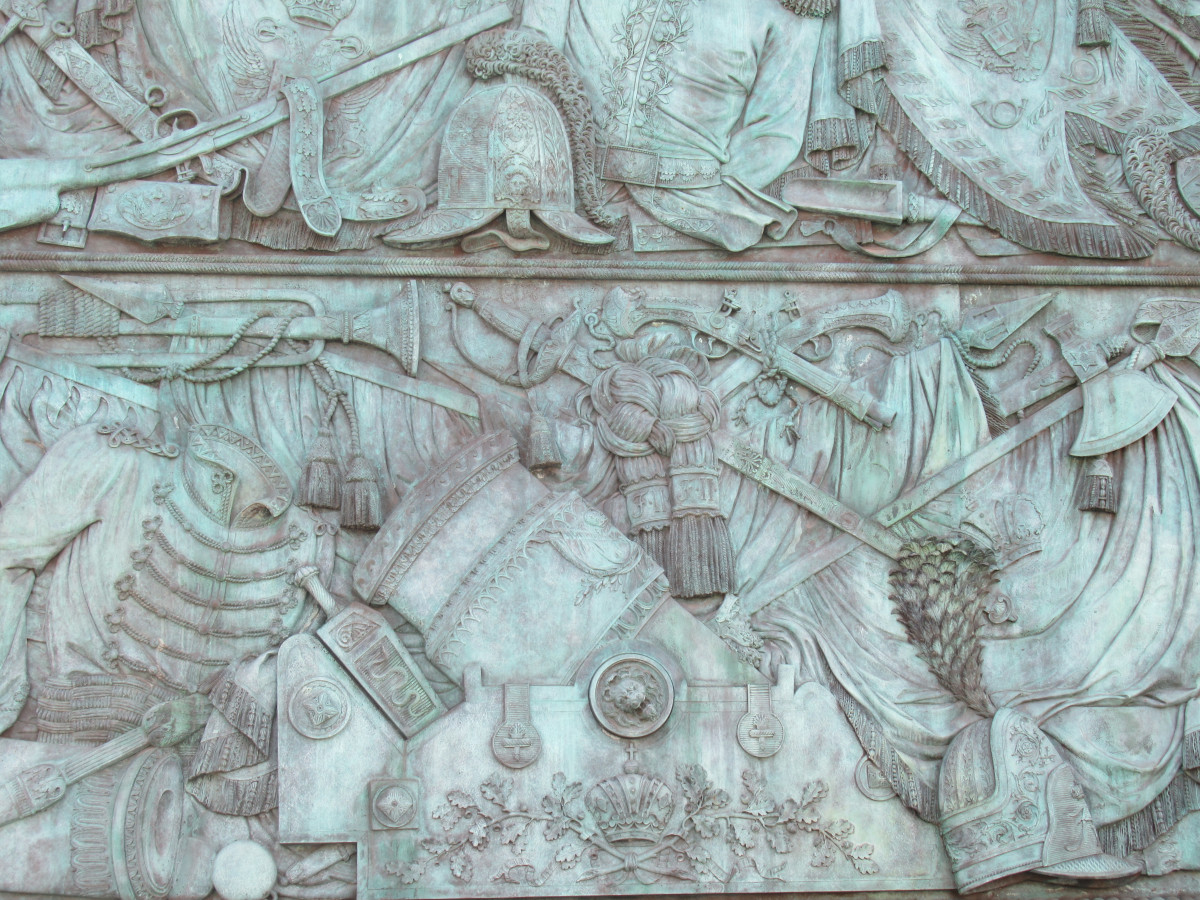
arc de triomphe x 2
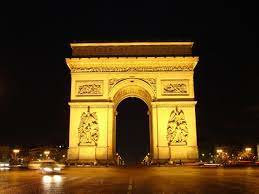

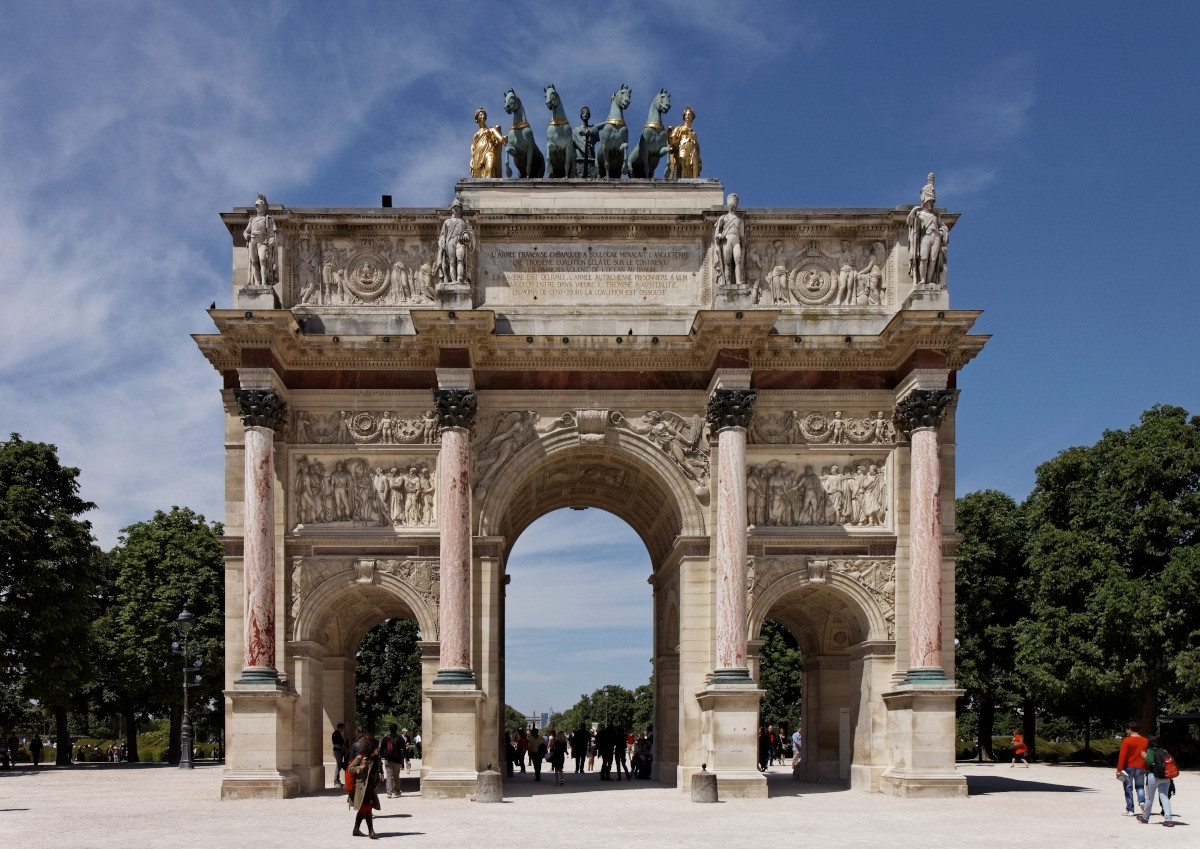
The enormous column in the middle of this lovely square in the first arrondissement was erected at Napoleon’s behest to celebrate his 1805 victory at the Battle of Austerlitz. He stands dressed as a Roman Emperor atop a column which is over 40 metres high. It is decorated with bronze reliefs portraying scenes from the battle, all made from hundreds of canons captured from the defeated Russian and Austrian armies. Quite a message.
These were also commissioned by Napoleon himself. The lesser-known Arc de Triomphe du Carrousel, built in pink marble in 1806, stands at the Louvre end of the Jardin des Tuileries, not far from the glass pyramid. It is about half the size of its better-known ‘twin’ and, unlike it, was built quickly and finished within two years.
The much better-known Arc de Triomphe, standing proudly at the end of the Champs Élysées, has a more complicated story. Napoleon had promised his troops at Austerlitz that they would have the honour of ‘going home beneath triumphal arches’ and building it began when the first stone was laid on his birthday, August 15th, in 1806. But it was unfinished for 30 years and only finally inaugurated in 1840 when Napoleon’s body was returned to France from his exile in St Helena for burial. Poignantly, the coffin was taken through the triumphal arch on the way to its final resting place at the Invalides.
Today the arch retains its military connections, being the site of the Tomb of the Unknown Soldier, and the focus of the annual Bastille Day armed forces parade.
The Château de Malmaison

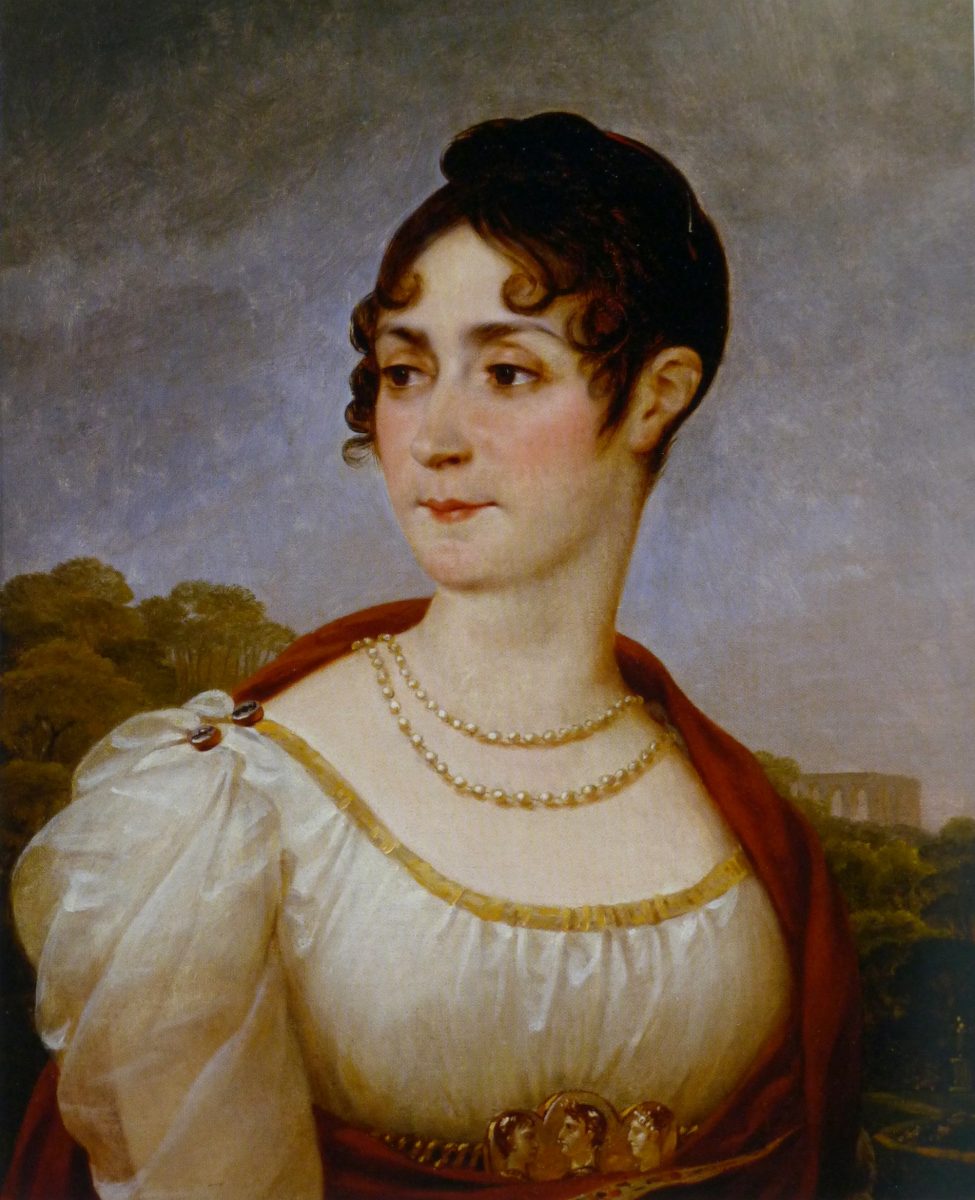
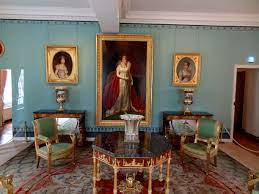
The Château de Malmaison, the country retreat Napoleon bought because Josephine fell in love with it, gives an insight into a more personal side of his story. To reach it, take a 258 bus from La Défense bus station and get out at ‘Le Château’ after about 40 minutes.
Some of its rooms are very much Napoleonic in style. His Salle de Conseil, or Council Chamber, is decorated to resemble a military tent and his large library, created by knocking three rooms together, houses his desk and some 500 of his books, which are leather-bound and bear his monogram, B-P for Bonaparte. Upstairs is the Arms Room where you can see another Jacques-Louis David painting, ‘Napoleon crossing the Alps’, and the Austerlitz table, commissioned – quelle surprise! – by Napoleon himself, on which a large central portrait of him is surrounded by smaller pictures of the generals who helped him win the battle.
Malmaison also has much to tell of Josephine, Napoleon’s greatest love, and of their life together here. On the ground floor are the dining room, where they hosted candlelight dinners for important visitors, the music room where little concerts were a frequent entertainment and the billiards room. A lady’s maid, Mlle Avrillion, wrote later in her Mémoires that Josephine liked to play a game or two after dinner and was rather good at it! Upstairs are the sumptuously decorated bedchambers and the extensive wardrobes and dressing rooms which were so important to Josephine who once bought 520 pairs of shoes in a single year.
The Château de Fontainebleau
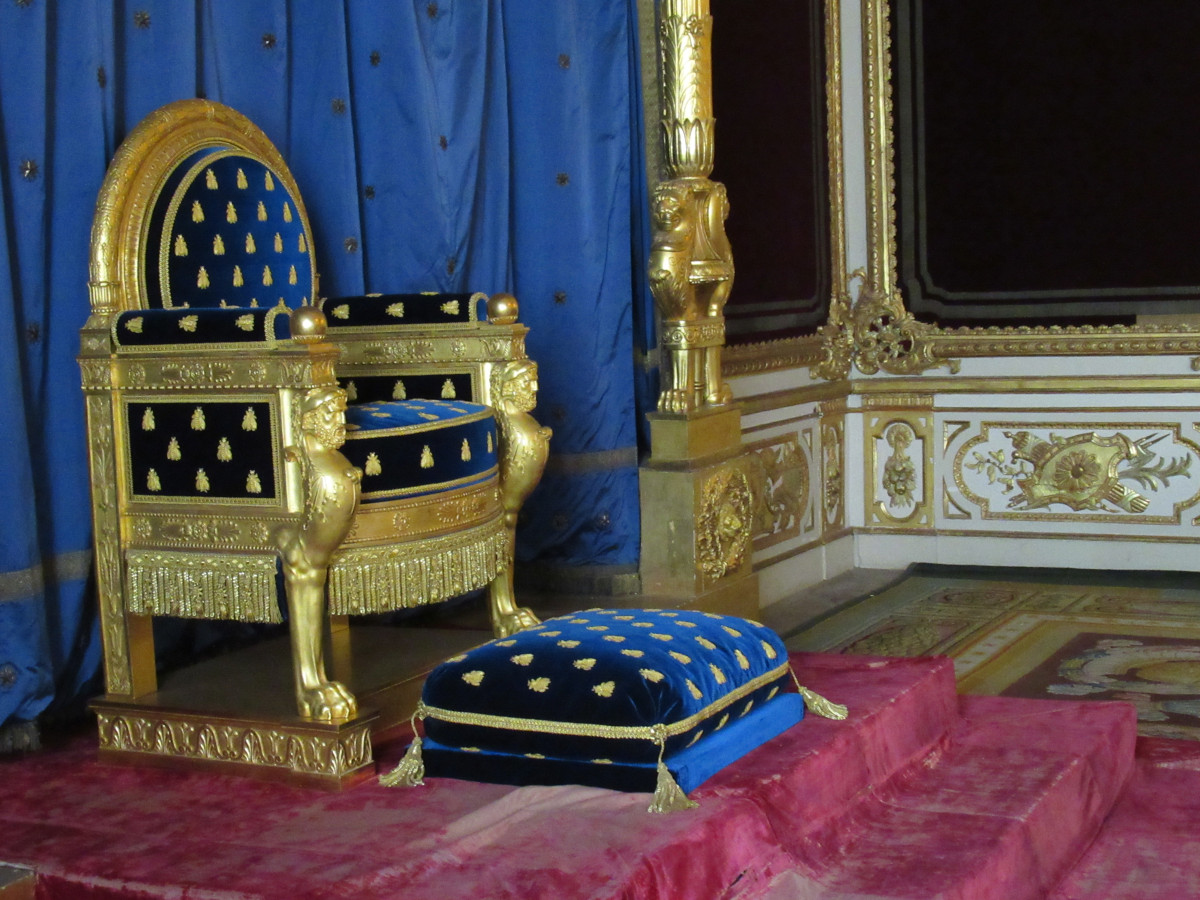
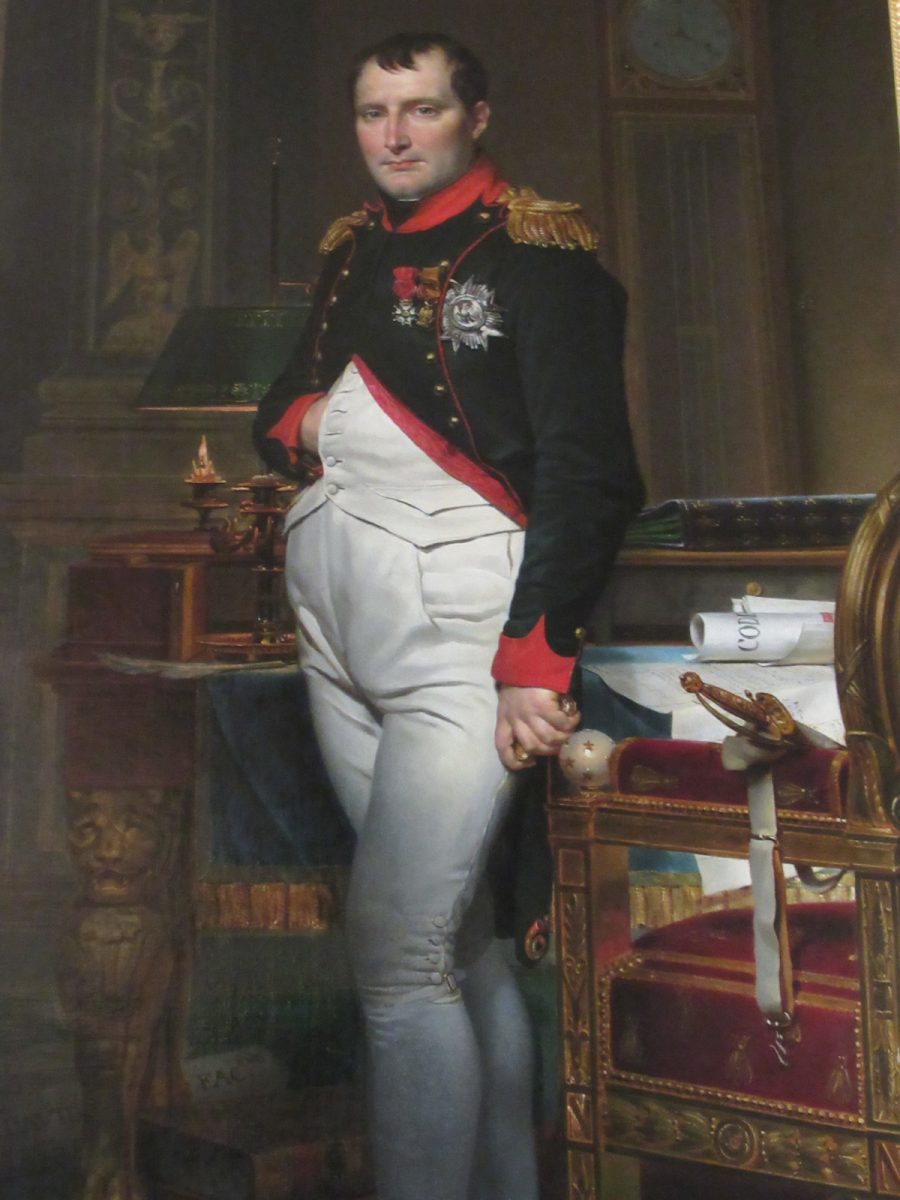
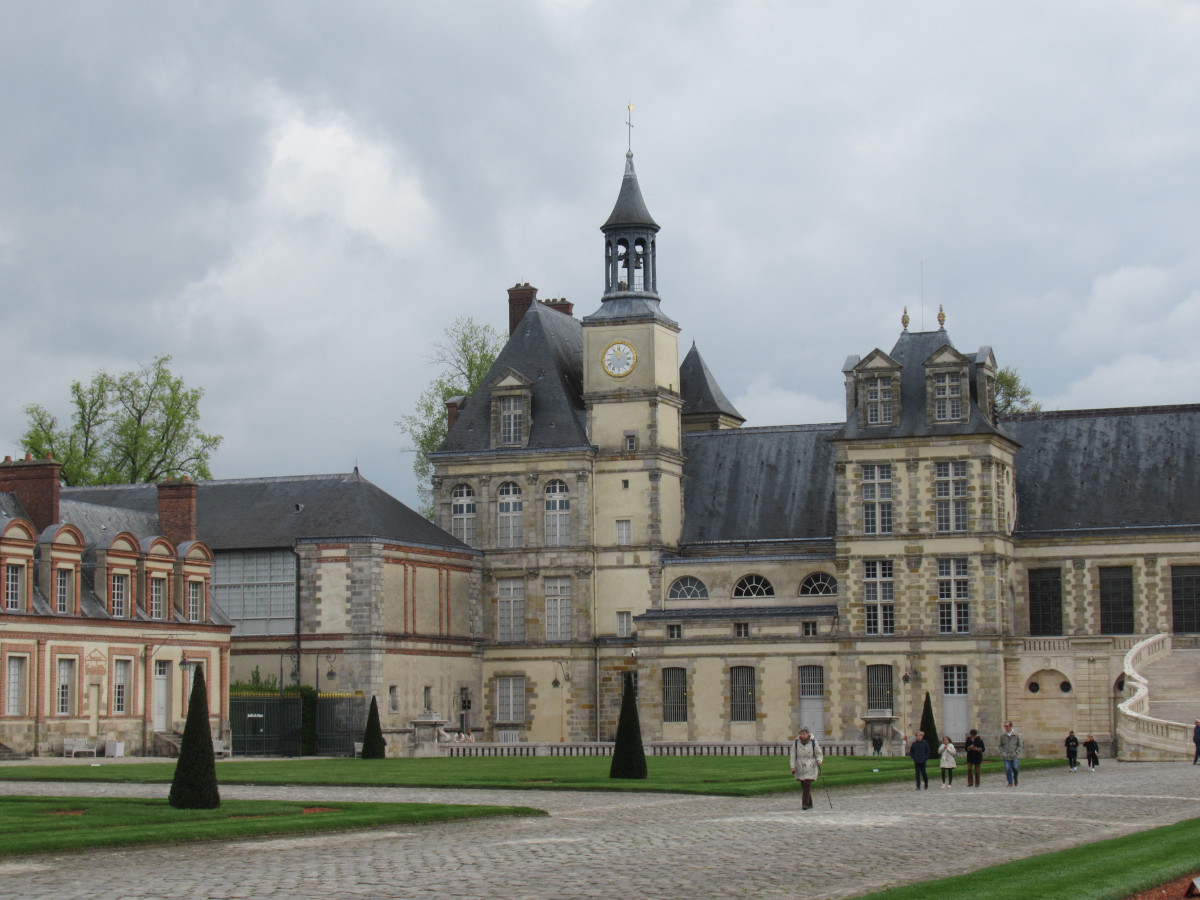
Originally a medieval fortress, then a royal palace loved by many French kings, the Château de Fontainebleau, about 60km from Paris, was left empty after the revolution. But on becoming emperor, Napoleon had it refurbished as his country retreat. You can tour the rooms he used and visit the Napoleon I Museum to see mementoes including portraits, pieces of his furniture and his coronation sword. Fontainebleau was a major feature of Napoleon’s successful years, but it was also the place to which he retreated to sign his abdication in 1814. On that occasion he made a famous and moving farewell speech to the soldiers of his Old Guard before leaving France for his exile on the Island of Elbe.
Les Invalides

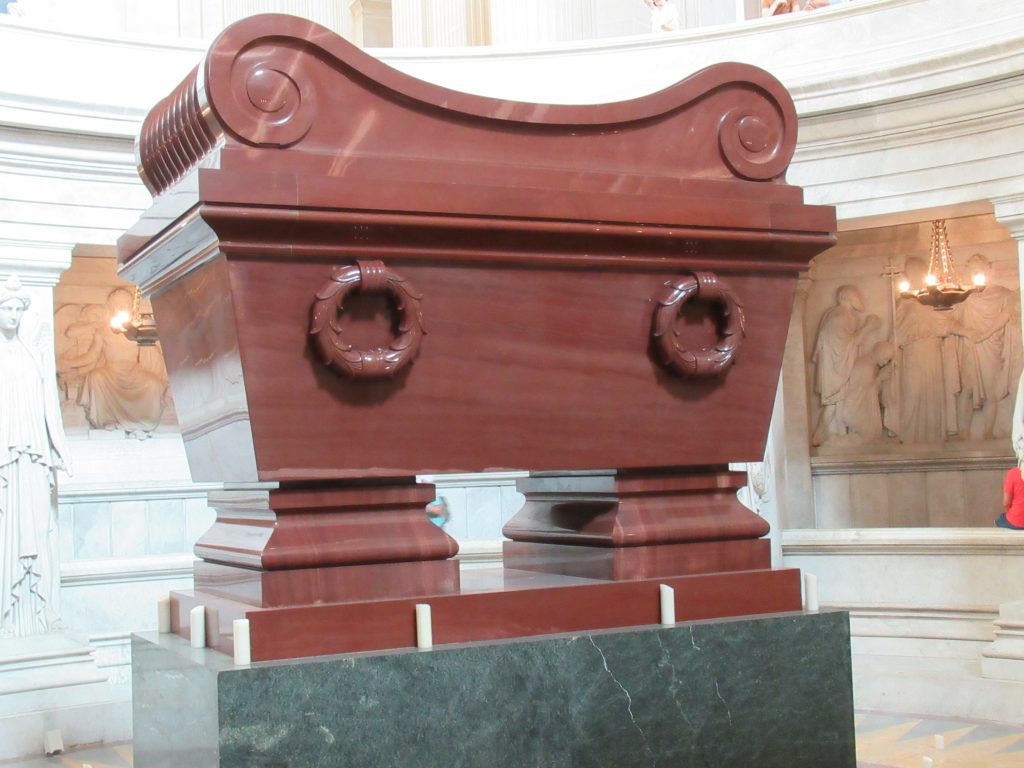

This huge building, called Les Invalides because it was originally a military hospital, is home to the city’s national war museum, the Musée de l’Armée. The section covering Napoleon’s era has displays of his field equipment and of some of his medals and clothes, including one of his famous bicorn hats. More widely, there are displays of the weapons and uniforms of his day. So here you can feel a personal connection to the military Napoleon himself, and also get a detailed picture of the wars of his day.
L’Église du Dôme
The Église du Dôme is also part of the Invalides complex, a vast circular domed hall, in the middle of which his tomb is displayed, surrounded by a viewing gallery. The enormous sarcophagus, made of red porphyry, is a reminder of the esteem in which Napoleon was held when his body was returned from exile 19 years after his death. By 1840, the Bourbon royal family was back on the throne, but half a million people still lined the streets to honour Napoleon, their former Emperor who had brought such glory to France.
If you go down the steps to the space underneath his tomb you will find the circular wall decorated with quotations in his own words, expressing what he saw as his legacy. His Code Napoleon, which revolutionised the laws of France did, he said, more good for France than all the laws which preceded it. His reign had, he claimed, ‘left well-being everywhere’. If you are looking for modesty, you will not find it here.
Less visible traces of Napoleon in Paris



– Many paintings in the Louvre were looted from Italy, Spain and other countries on Napoleon’s military campaigns.
– He did much to improve the city’s infrastructure, for example in the road and canal systems he initiated, such as the Quais de Seine, built because he wanted proper walkways along the river front.
– There are some 20 stations named in connection to Napoleon, be that Louvre-Rivoli or Pyramides, named after battles in Italy and Egypt respectively, or Kléber and Duroc, recalling two of his best generals. And, of course, the Gare d’Austerlitz, named after his proudest victory. Glory was important to Napoleon and he would surely be delighted that even today he is everywhere present in Paris, the city he loved and which he vowed to make ‘capital of the universe.’
Listen to the podcast
Suggested reading
Paris: Biography of a City by Colin Jones
Napoleon, A Life by Andrew Roberts
Napoleon Bonaparte by Adam Brown
Links for this post
Notre Dame
L’Arc de Triomphe
Le Château de Malmaison
Fontainbleau
Les Invalides
L’Eglise du Dôme
Previous Episode Revolutionary Paris
Next Episode Montmartre





